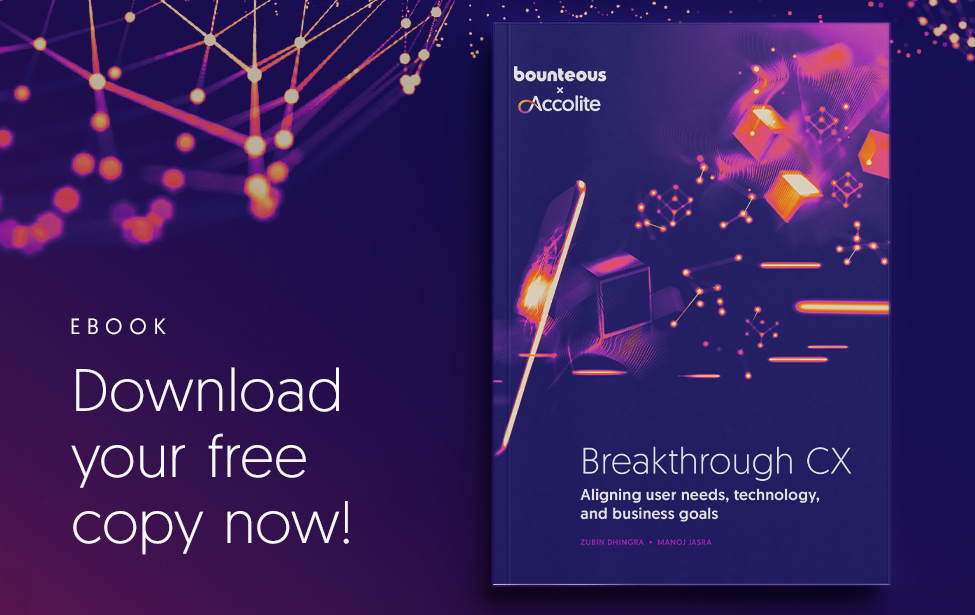Eight Tips for a Better Portfolio and a More Effective Interview
In the competitive creative industry, a well-designed portfolio is crucial. Creative Director Mike Mayton draws from his decade-plus of design and interview experience to share some advice that will help you build a portfolio that stands apart.
1. Be Mindful of Your Typography
Experienced designers are well versed in good typography, so weak type choices always stand out. There are plenty of examples of effective typography online, so take advantage. Review great work to inspire your own.
2. Build Something Bigger
Elevate the work you’ve already created. Take your logo and show me how it lives in relevant contexts. By taking a one-off project and making something more of it, you demonstrate your ability to push further, which you can use as a talking point in your interview.
3. Be Attentive to Detail
Show the care you put in your craft. Glaring errors, misspellings, and low-resolution photos are obvious, and though they aren’t always disqualifying – they won’t help you land a job. Fix the big stuff first and then comb through the rest.
4. Quality Over Quantity
If you’re not happy with a project, leave it out. If there’s a project you want to show, but it isn’t there yet, get it there. You should have around four to five quality projects in your portfolio, and a few others to highlight specialized skill sets you may possess. Any more can make your portfolio feel clunky, overwhelming, and too time-consuming to busy interviewers.
5. Give Me Some Digital
If you design, you can design for anything. So, I don’t care if you haven’t taken a web class, design me a responsive website. I don’t care if you can’t code, design me a mobile app. I don’t care if you only want to do print, show me how your work lives on social media. Show you can design for anything because I know you can!
6. Realize Design is Work
It takes time and energy to build a great portfolio, and you only get out what you put in. You have to ask yourself, where is my time best spent? Building up a portfolio to increase my chances of securing a job, or elsewhere?
7. Love What You Do
Even if you don’t, sell it with conviction. When you meet with prospective employers, show them you believe in yourself – not just your projects. If you are interviewing for a design job, don’t tell them you really want to be doing something else. Passion differentiates interview candidates.
8. Learn From Everyone
Present your work, and get advice. You don’t always have to take the advice, but it could bring to attention areas you need to improve. Critiquing and learning from others is a way of life in design and is key to your success in the industry.
Just remember that there are no guarantees. But if you work hard and push yourself, you are likely to get where you want to go.


